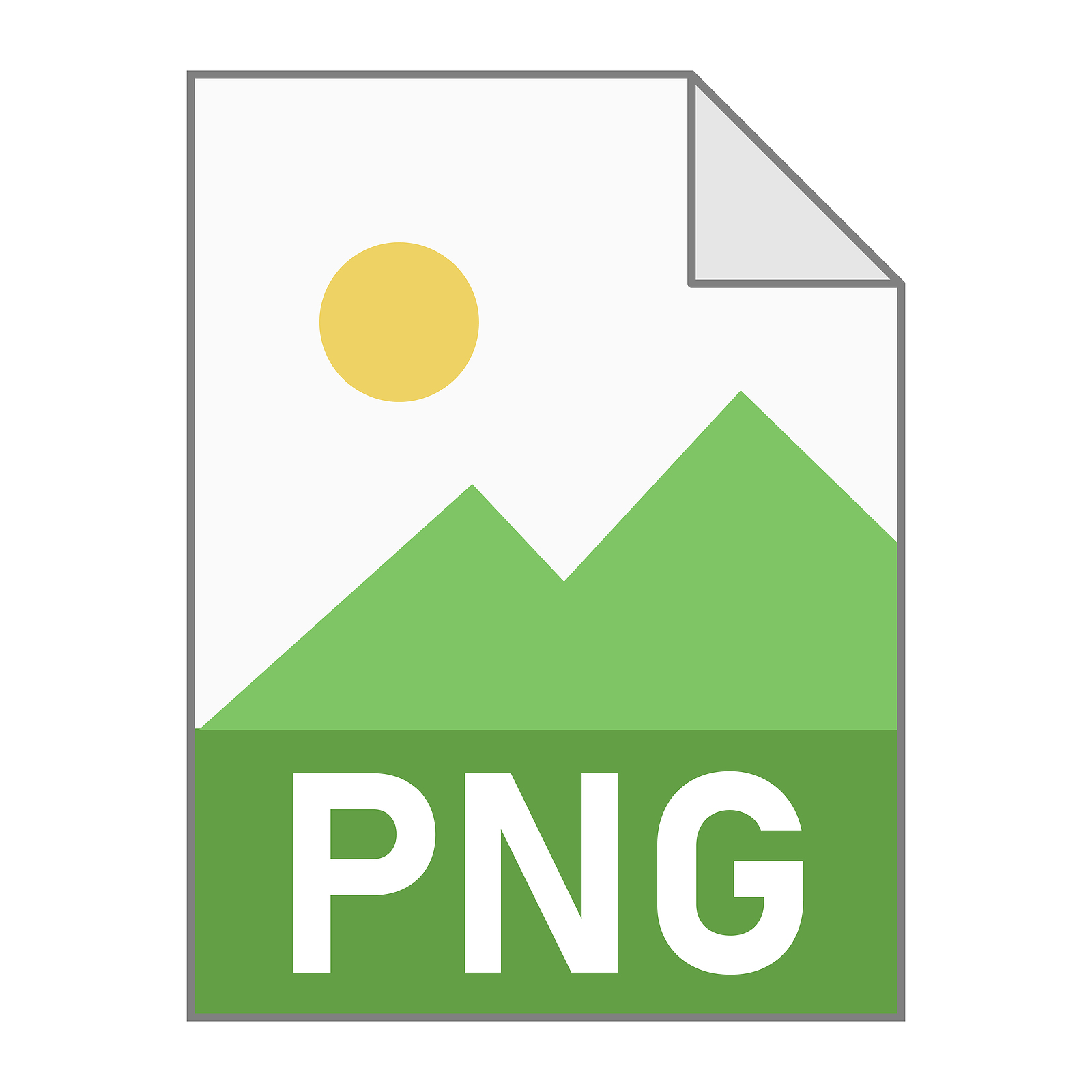To optimise the look and function of your website, it’s important that you use all the correct file types and formats. If you plan on incorporating any images into your website, you must know the differences between JPG and PNG. The debate of PNG vs JPG is somewhat outdated as both formats have their own advantages and drawbacks. One is not inherently superior to the other, but one may be much more suited to your website and needs.
Of course, you may not be familiar with JPG or PNG in the first place, and that’s okay! We’re here to help. Read on to learn about both file formats, the qualities that distinguish them, and which is the best image format for websites.
What Are JPG and PNG Image Formats?
PNG, which stands for portable graphics format, is the internet’s most commonly used raster-based file format. Created in the mid-90s to replace the graphic interchange format (GIF), PNG’s 24-bits of bright colours immediately set it apart from its de facto predecessor. Using lossless data compression, the modern PNG can now offer up to 64-bits of colours, a wide array of shades and hues, and transparent backgrounds.
The JPG, or JPEG, gets its name from its inventors, the Joint Photographic Experts Group. Since its invention in the early ’90s, the JPG has become a popular file format for both images and graphics online. Perhaps the most notable quality of the JPG is that it uses a compression algorithm that reduces parts of an image into blocks of pixels.
Advantages and Disadvantages of the JPG File Format 
As stated above, the JPG uses a compression algorithm that reduces parts of an image into pixels. This algorithm allows JPGs to display images that would otherwise be massive without being compressed. This is most effective for images with a variety of colours and details, like photographs.
Images with transparent backgrounds, however, are not a good fit for JPG’s algorithm. This is because JPGs use an RGB colour space and just always have a flat background colour (which may not be a problem depending on the style of your website).
Advantages and Disadvantages of the PNG File Format

PNGs may be superior in terms of resolution, but there’s a reason why they aren’t used 100% of the time. PNG files are generally much larger than JPGs, which can lead to your website loading much slower. If users have to wait for your images to appear, they may opt to click off the site entirely. To avoid this, try to incorporate JPGs when possible while keeping your PNGs under 300 KB.
Have Any Questions? Contact Our Team
Still unsure whether PNG or JPG is right for your website? Have any other questions about social media, SEO, or anything else relevant to your business’s presence online? With Amire’s team of digital marketing specialists on your side, you’ll have all the information you need to grow your business with confidence.
You can contact our team by calling 1800 77 8615, emailing sales@amire.com.au, or filling out our online enquiry form. We’ll get back to you as soon as possible.
Did You Enjoy The Article? Subscribe To Our Blog
Amire covers all aspects of SEO, join our readers to get valuable industry insights, trends, tips and more.









